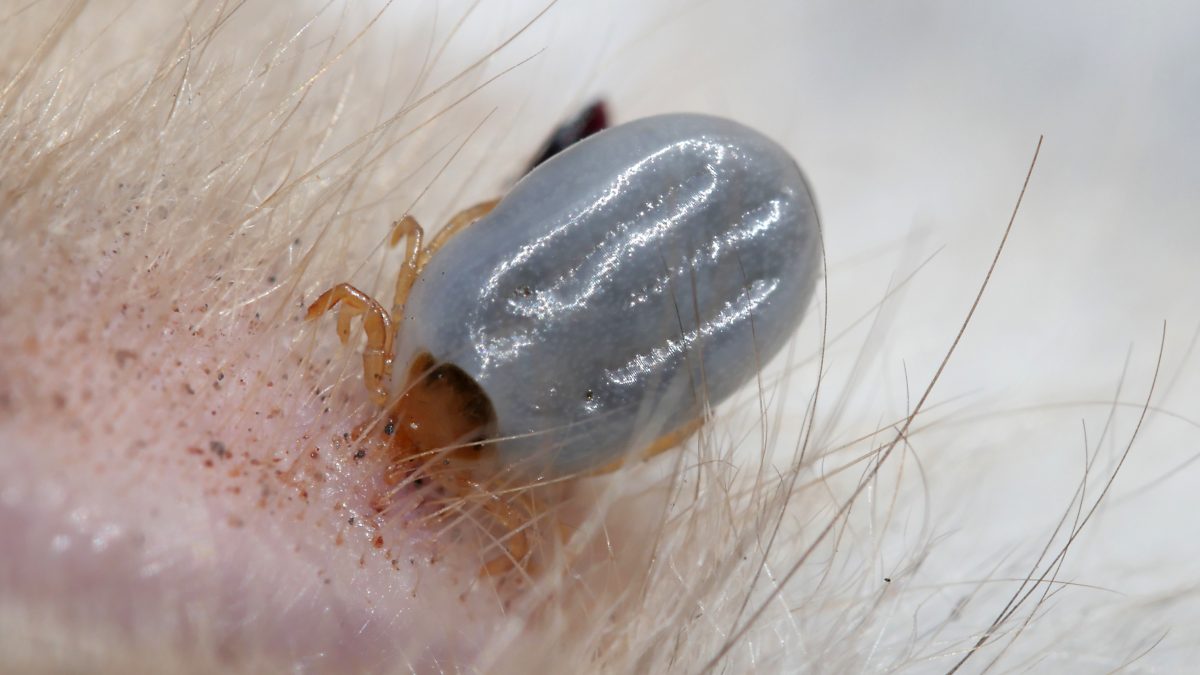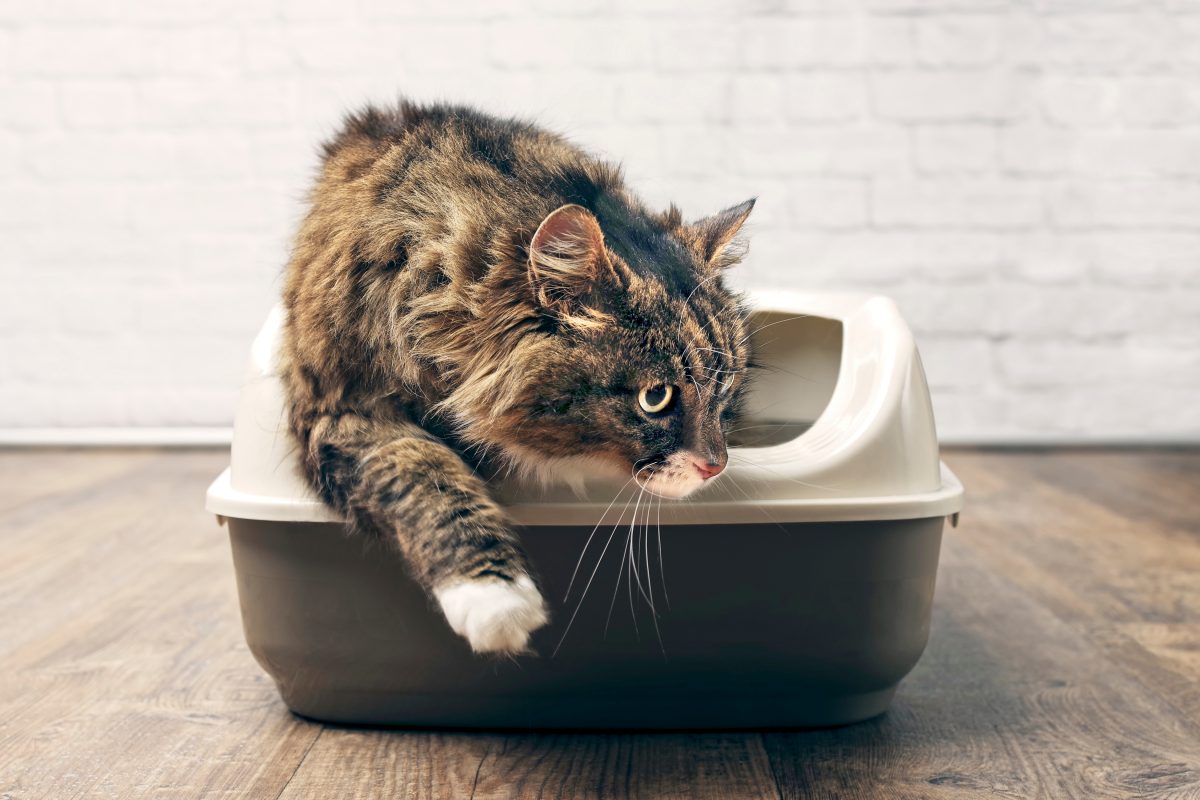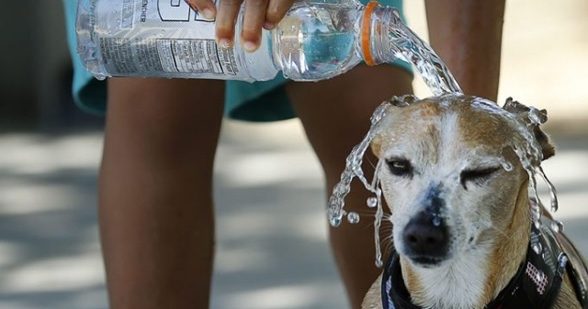What is tick paralysis?
Australia – especially southeast Queensland – is home to one of the most deadly species of parasite, Ixodes holocyclus, commonly known as the Paralysis Tick.
These opportunistic parasites can be found everywhere, from the bush to our own backyards, and will attach themselves to our cats and dogs in order to feed on their blood. While doing this the ticks inject a deadly toxin via their saliva. This toxin can cause life-threatening paralysis in dogs and cats within a matter of hours to days if not treated.
Here at My Local Vet, we unfortunately see a number of tick paralysis cases every year. While we see a larger number of tick paralysis cases in the hotter, wetter months, paralysis ticks are active all year round.
What symptoms do affected animals show?
The symptoms associated with tick paralysis can be quite variable, and the early stages of the disease they can be easily missed. Furthermore, the symptoms of tick paralysis can be delayed – we may see these signs developing or worsening for up to 24 hours AFTER the tick has died or been removed from the animal.
In the early stages of tick paralysis, animals may demonstrate any of the following symptoms:
- Coughing, retching, or regurgitating
- A change in their breathing patterns
- Weakness or wobbliness in the back legs (an un-coordinated walk)
- Difficulty swallowing
- A change in the sound of their bark or meow
- Difficulty blinking
In later stages of the disease, we see:
- Severe breathing difficulties (due to paralysis of the breathing muscles)
- Paralysis of the limbs and body (a partial or total inability to stand or move)
- Death
If you are concerned that your dog is demonstrating any of the above signs, please contact us immediately on (07) 3824 7788
Time is critical when it comes to treating tick paralysis. If you think your pet has a tick, or is showing signs of tick paralysis, the first thing you should do is pick up the phone and give us a call. Tick paralysis is treatable, but we must act quickly – the faster we can start treatment, the better the outcome for your furry loved one.
How can I keep my pet safe?
The three most important things you can do to keep your pets safe from tick paralysis are:
- Have them on a tick preventative product all year round. Here at My Local Vet, we recommend Bravecto as the safest and most effective tick preventative for both cats and dogs. Please contact us if you need more help in choosing the best product for your pet’s needs.
- Check for ticks daily! Run your hands over your pet every day, focusing on warm nooks and crannies like the space between their toes or under their collar, to check for ticks.
- Be aware! Keep the symptoms of tick paralysis in your mind, and act quickly if you suspect your animal might be affected.
Ticks are an unfortunate part of Australian life, but by following these simple recommendations, we can keep our furry loved ones safe!



